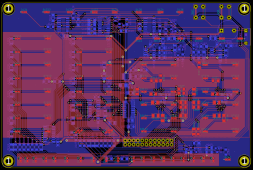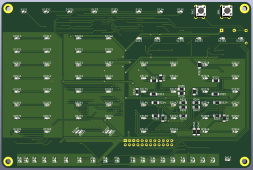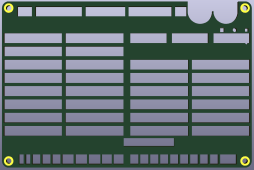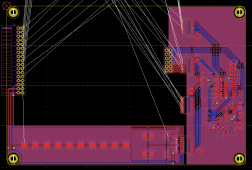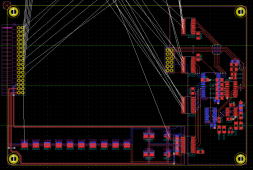Tonight I finished the routing ?

With the copper planes:
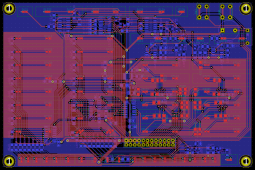
I tried to keep the ground plane as clean as possible (the other planes are just power planes for the LEDs, they aren't critical at all) but I still had to stitch it in some places; here's the GND net highlighted:
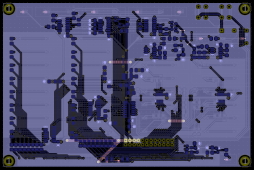
I have a few details to finish like the spacers and the front panel (they are basically empty PCBs with cutouts for the annunciators, etc...) and then it's done ?
The last board I have to make is the resistive balancer, after that I can make an order, then make and start testing the prototypes.
Yep, silicon shortage is a real PITA since months...

With the copper planes:

I tried to keep the ground plane as clean as possible (the other planes are just power planes for the LEDs, they aren't critical at all) but I still had to stitch it in some places; here's the GND net highlighted:

I have a few details to finish like the spacers and the front panel (they are basically empty PCBs with cutouts for the annunciators, etc...) and then it's done ?
The last board I have to make is the resistive balancer, after that I can make an order, then make and start testing the prototypes.
Sorry, no thread or site... Too busy on various project to accurately describe and update. I am sure you have spent quite some time on this forum. My BMS needs to be ready in two months... BTW I checked pricing and all silicon seems to have exploded. I have bunch of old ADS1211U's that are now over $35/pc?? Many items simply sold out with lead times >52 (!!!) weeks. Never knew you could speculate with integrated circuits, until now...
Yep, silicon shortage is a real PITA since months...



